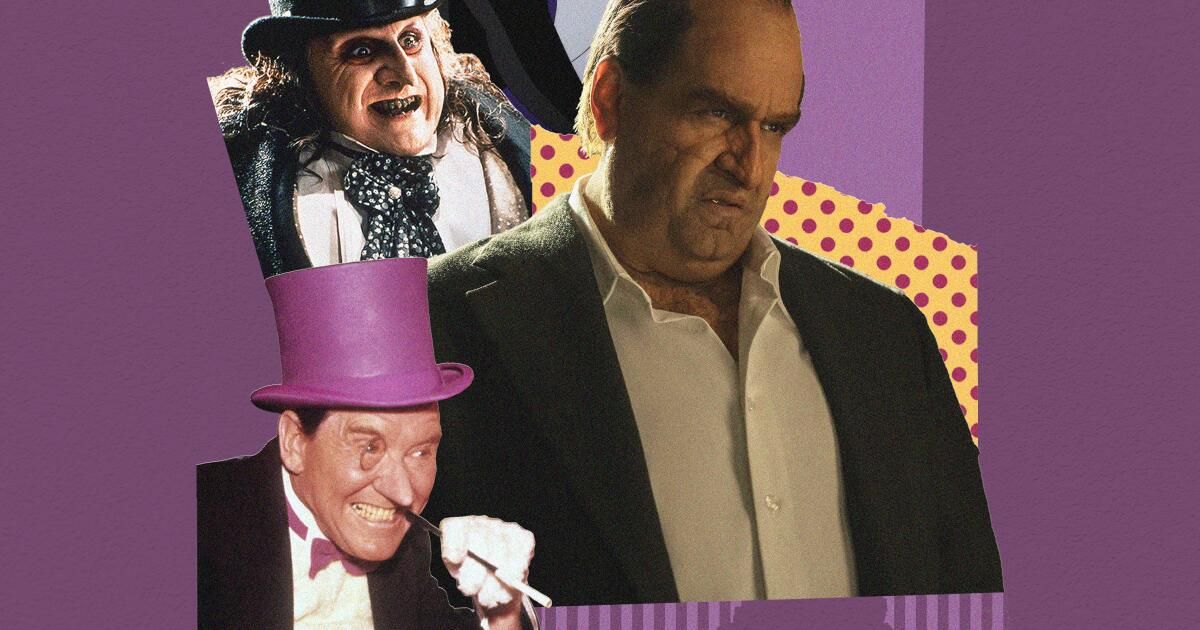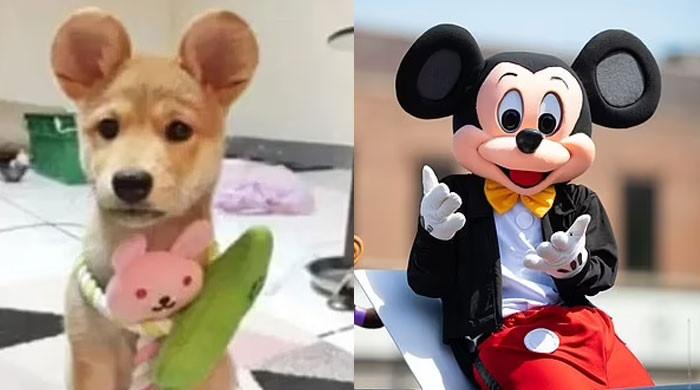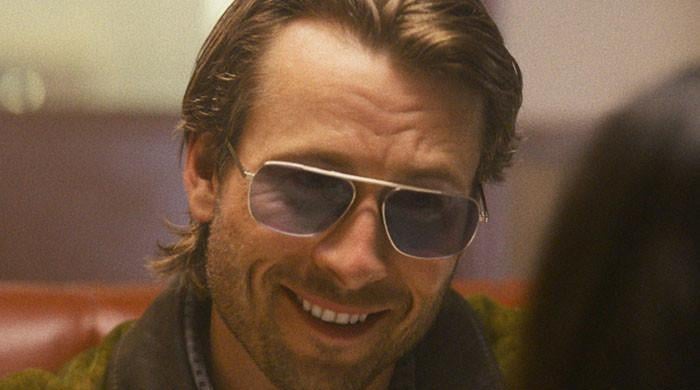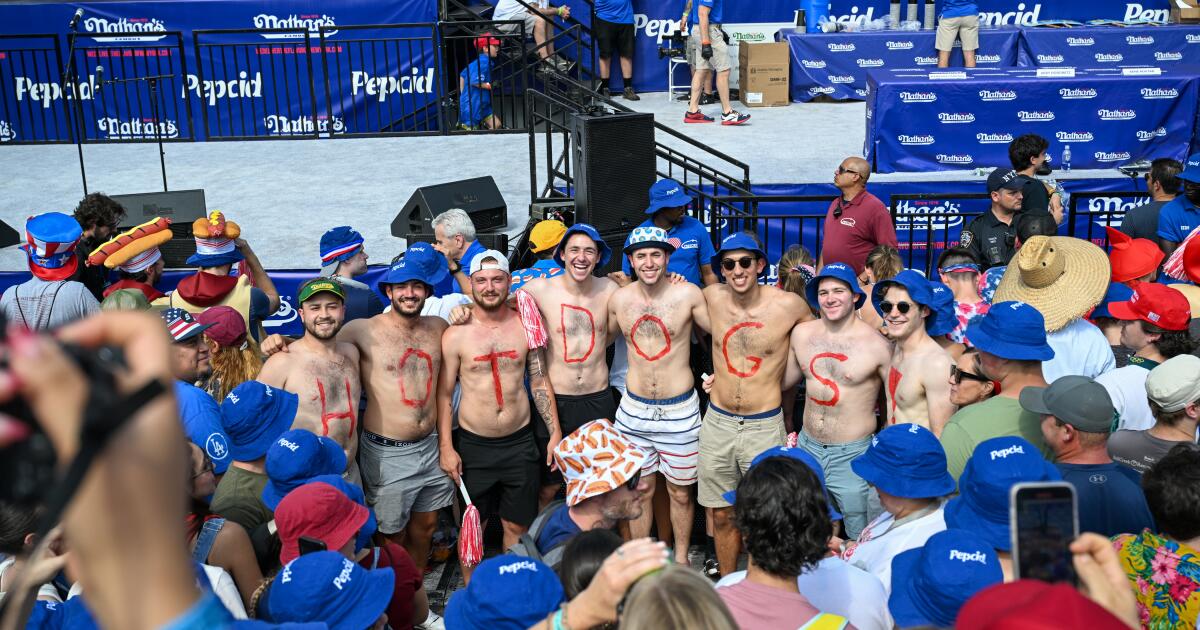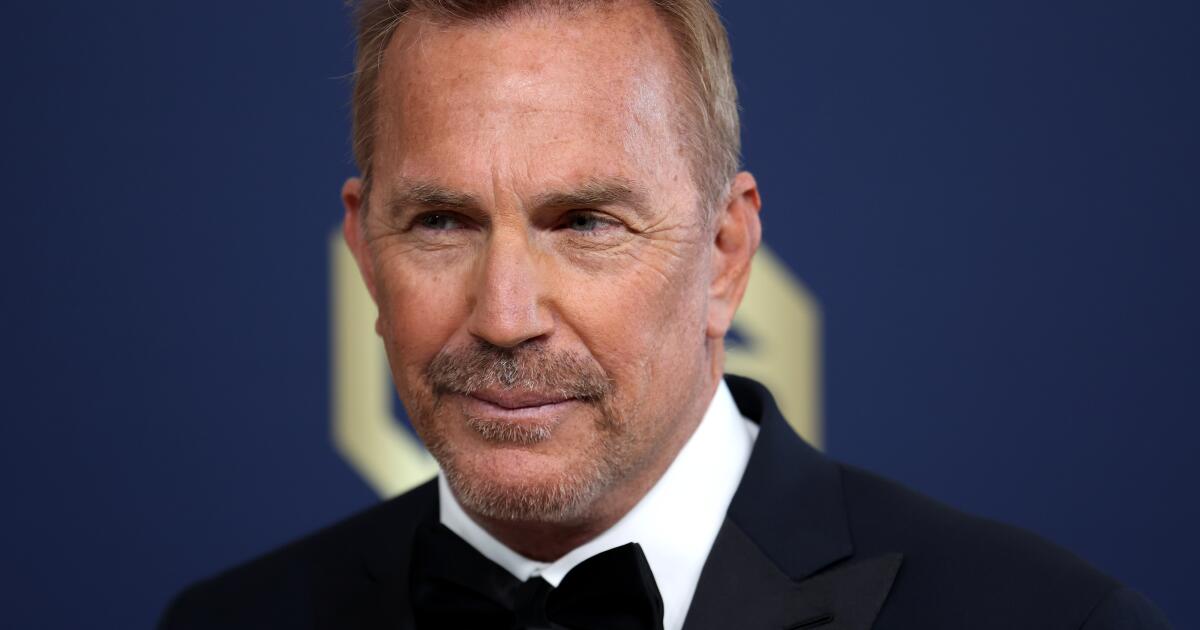One of the few scenes involving the Penguin in Matt Reeves’ 2022 superhero crime thriller “The Batman” ended up on the cutting room floor.
After a brief exchange with Selina Kyle at his nightclub, Oz Cobb, aka the Penguin, can't help but lash out as his attempts at kindness were rejected.
“I know you don’t see it yet… No one does,” Oz, played by Colin Farrell, tells Selina (Zoë Kravitz). “But one day, this city will be mine.”
HBO’s upcoming series “The Penguin,” premiering Sept. 19, follows the mid-level gangster as he works to fulfill that promise. Set a week after the events of “The Batman,” the drama will see Oz trying to fill the power vacuum that’s been left on the criminal side of Gotham. The show, originally designated a Max Original, was rebranded under the HBO banner as befits its prestige.
The eight-episode series sees an unrecognizable Farrell reprise his role and introduces other players in Oz’s orbit, such as Cristin Milioti as Sofia Falcone, the daughter of former Gotham kingpin Carmine Falcone, who seeks to avenge her father and take over the family business, as well as Rhenzy Feliz as Victor Aguilar, a teenager whom Oz takes under his wing as his hired driver.
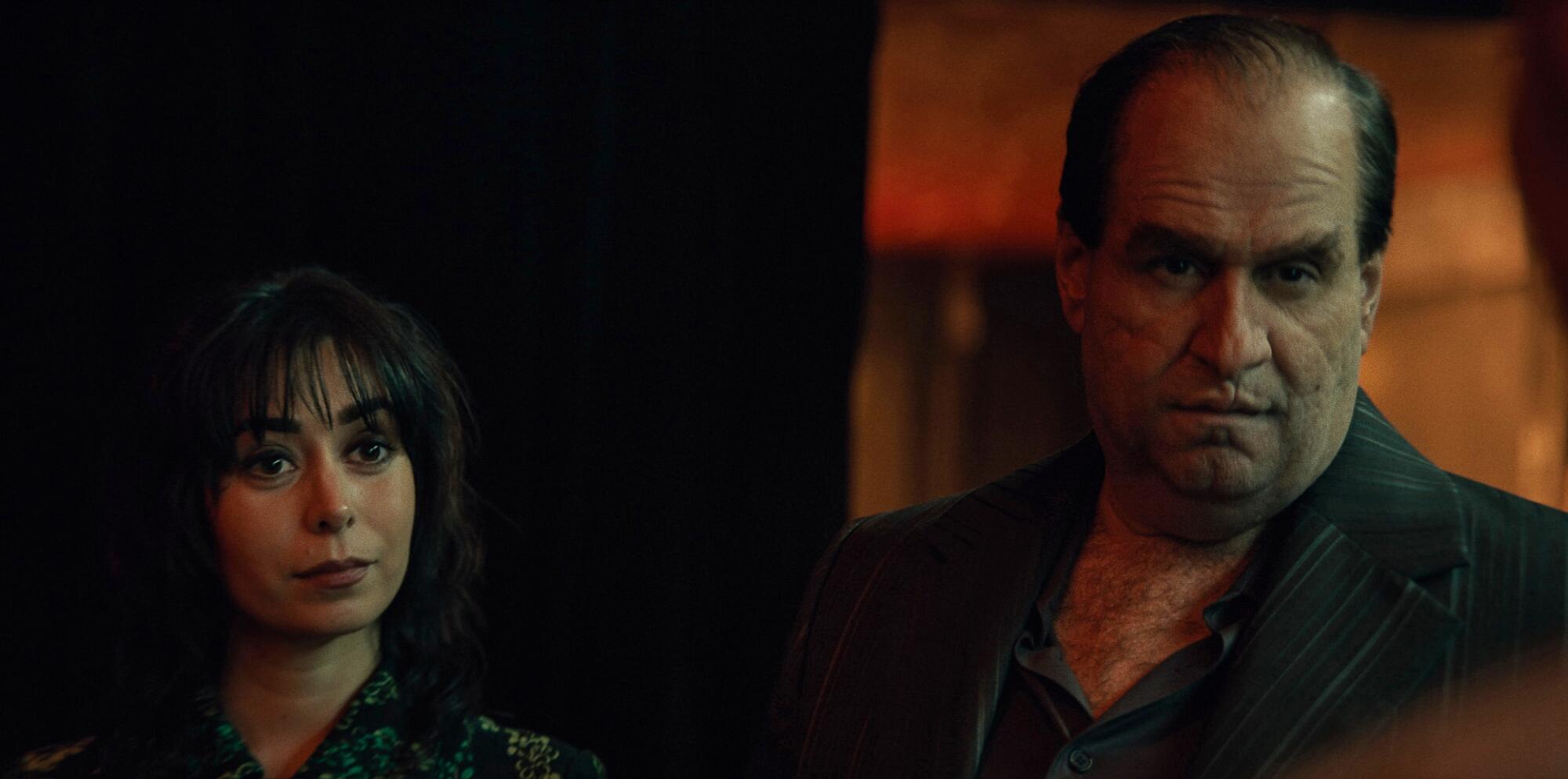
Cristin Milioti as Sofia Falcone and Colin Farrell as Oz Cobb in HBO's “The Penguin.”
(HBO)
Showrunner Lauren LeFranc describes the series as “a character study about Oz” that will “get into your head psychologically… dig[ging] delve into who he is, his past, what he wants [and] what he fears.”
“Oz is very intelligent and very calculating,” LeFranc says during a recent video call. “He’s also impulsive and a little bit troubled and has a lot of rage pent up inside of him. I also think he’s charming and has a dark sense of humor. … In the current climate of our world that we’re in right now, I think there are a lot of men like Oz, and that helps make him worth exploring.”
The Penguin, a well-known member of Batman’s rogues gallery created by Bob Kane and Bill Finger, first appeared in the pages of “Detective Comics” No. 58 (1941). Also known as Oswald Cobblepot, he is usually depicted as a ruthless crime boss with an affinity for top hats and umbrellas (and birds). He is often drawn with the physical appearance of a penguin, dressed in a formal suit and a long, bird-like nose, shuffling with a slight waddling gait.
Comic book writer Tom King, who is also working on HBO’s “Lanterns” series based on the DC comics, describes the Penguin as “iconic.”
“The Penguin is one of those characters — and they are few and far between — that lives in the subconscious of not just America but the world,” says King, whose bibliography includes more than 100 issues of “Batman” as well as a 12-issue “Penguin” series. “Everyone has an opinion about what the Penguin is and what he should be doing.”
In addition to his 80-plus years of comic book appearances, several Penguins have appeared onscreen. Burgess Meredith portrayed the character in the 1960s “Batman” series, which starred Adam West as a more exaggerated version of the Caped Crusader. Danny DeVito played a more fantastical version of Cobblepot, who was raised by penguins after being rejected by his parents, in “Batman Returns” (1992). More recently, the “Gotham” television series, which aired from 2014 to 2019, featured a more up-and-coming version of the Penguin played by Robin Lord Taylor. There are also numerous variations of the Penguin in video games and animation.
1
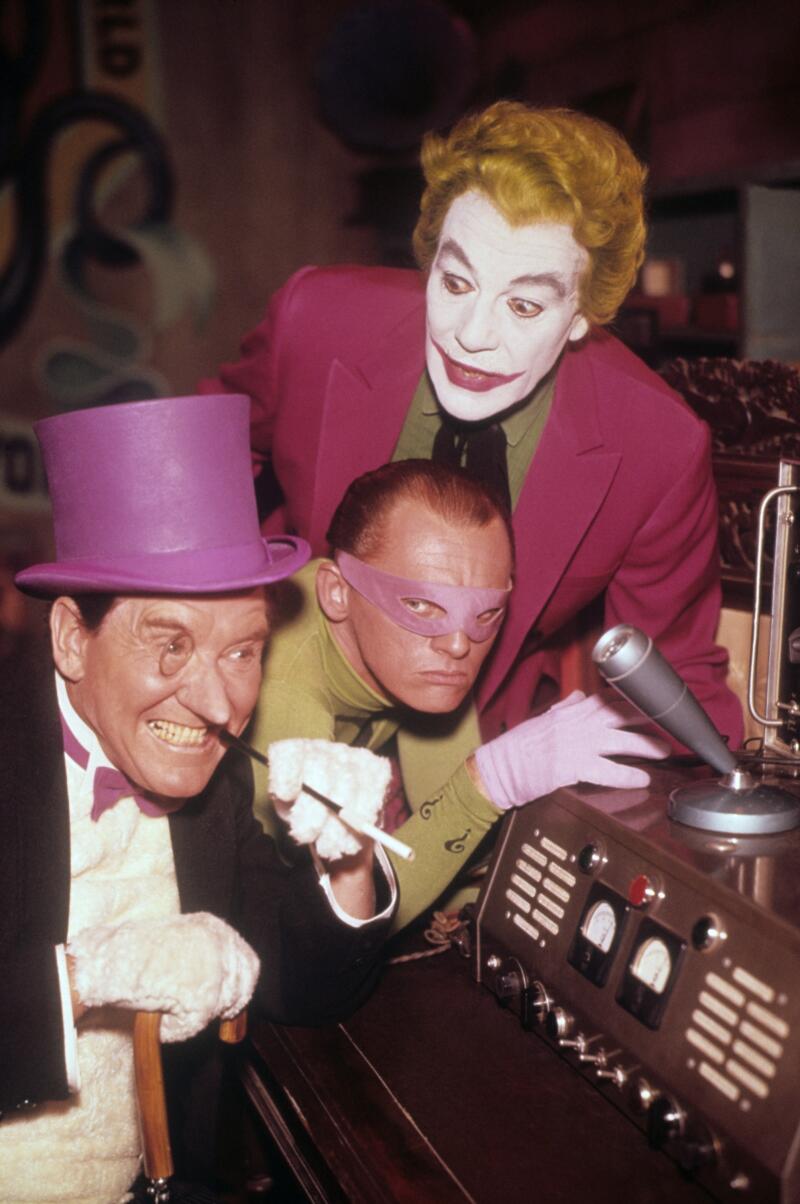
2
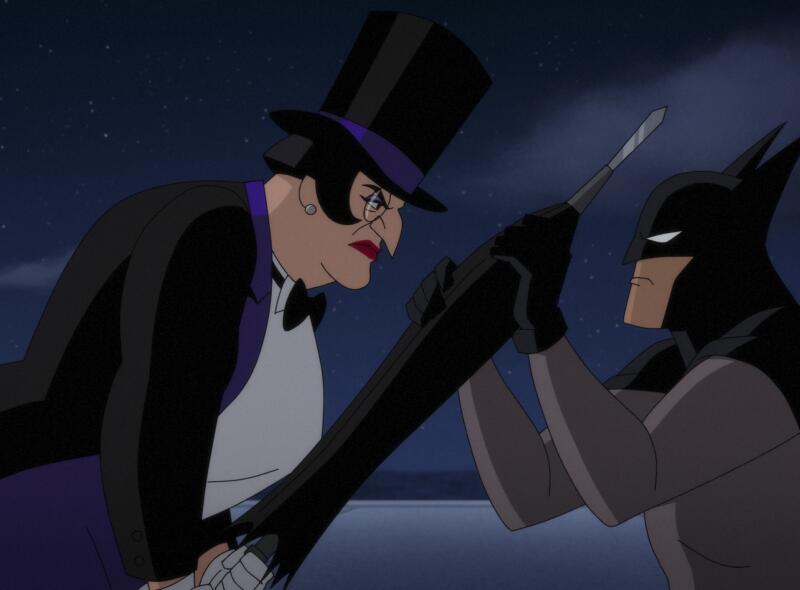
3
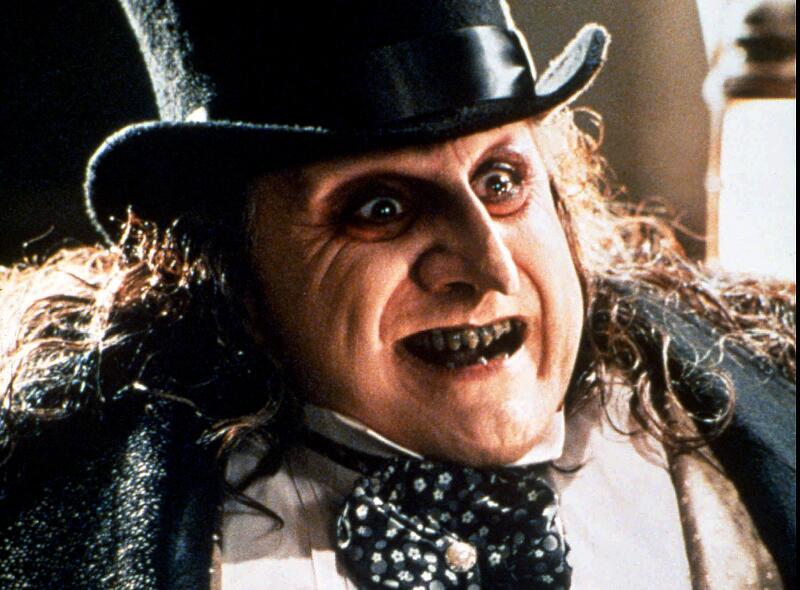
1. The first Penguin TV series: Burgess Meredith, left, with Frank Gorshin and Cesar Romero from 1966's “Batman.” (©20thCentFox/Courtesy of the Everett Collection) 2. In “Batman: Caped Crusader,” the Penguin reinvents himself as a woman. (Courtesy of Prime) 3. Danny DeVito as Penguin in “Batman Returns.” (Photographs by Warner Bros.)
Farrell says Meredith's portrayal in the 1960s “Batman” series, which he grew up watching, was his introduction to the character.
“Like everything else in ‘Batman’ ’66, Burgess was funny and devilishly acerbic, too,” Farrell wrote in an email. “But playful, as was that world of mischief. Danny was, well, as Penguin as he was a man. Psychotic and broken and dangerous to get too close to. Our Penguin for sure.” [hew] Closer to Danny.
“Each version of the Penguin character is dangerous,” he continued. “Each is cerebral and a master of manipulation. Each also seems beset by paranoia and a desire to be taken seriously rather than ridiculed. The biggest difference in all of our efforts is the behavior that the movie or TV show demands.”
Filmmaker Matt Reeves, executive producer of “The Penguin,” says his goal with “The Batman” was to present a version of Gotham that was realistic and “like [a city that exists] in our world.”
A down-to-earth world brings down-to-earth villains. After thoroughly researching Batman's rogues gallery and realizing how many of them existed as a reaction to Batman, Reeves considered a version of the Penguin who had not yet achieved the status of a feared crime boss.
“I wanted to do something where he was someone who had been underestimated… someone who was made fun of and overlooked,” Reeves says, describing Oz’s journey as a “Scarface”-style ascension. “I wanted a kind of dark American dream. Success for someone in Gotham would come from an emptiness inside them.”
“We are custodians and guardians of the intellectual property,” says Dylan Clark, Reeves’ producing partner and executive producer of “The Penguin.” “We’re interested in the contemporary parts of the characters… but there are aspects of The Penguin’s history in the comics canon that I think fans will see and like.”
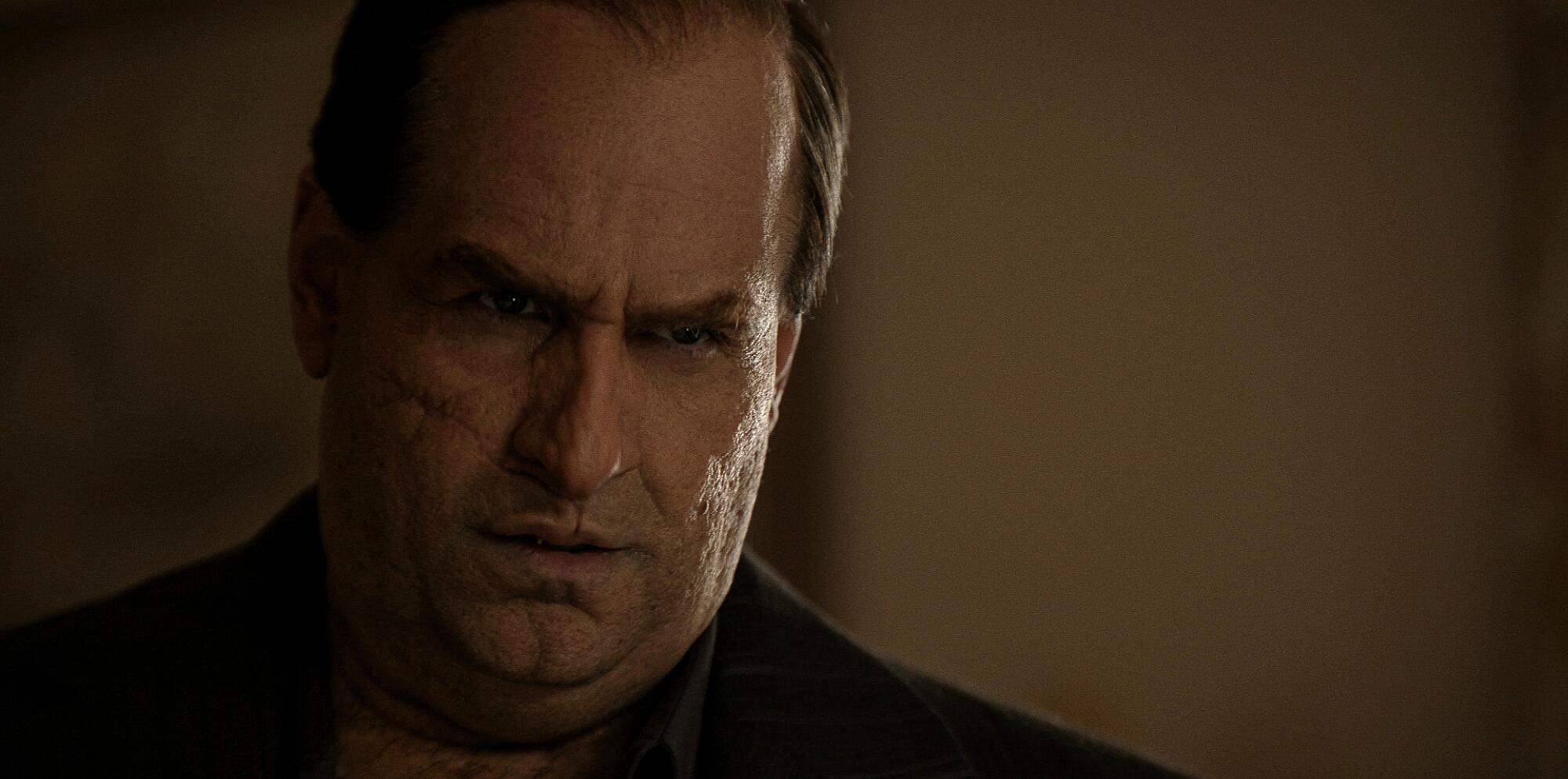
Matt Reeves on the Penguin: “I wanted to do something where he was someone who had been underestimated…someone who was made fun of and overlooked.”
(HBO)
Seeing this more realistic, mob-like version of Oz created by Reeves and Farrell (as well as prosthetics designer Mike Marino) helped LeFranc feel like this “was an opportunity to do something different.”
“Every previous representation [of the Penguin] “The canon I knew felt less realistic and it was fantastic and interesting and fun and amazing in its own way,” LeFranc says. “I think there’s room for a lot of different kinds of characters. That’s the beauty of DC having a canon like this. You can evolve and it should evolve… It’s about honoring what came before and knowing that we’re in modern times now.”
For LeFranc, this meant moving away from problematic comic book tropes of the past, such as villains depicted with visible scars or disabilities to project a sense of otherness, and populating the world of “The Penguin” with more complicated female characters than those traditionally presented in gangster shows.
“Oz respects the women on the show,” says LeFranc. “To a certain extent, he doesn’t take anyone into account. He’s a shrewd guy, but he respects someone like Sofia Falcone. To me, that’s rooted in his love for his mother and his desire to make her proud of him. He respects his mother and he respects Sofia… To me, that was essential to portraying a character like him.”
While there have been previous incarnations of Oswald Cobblepot who came from a wealthy family, “The Penguin’s” Oz Cobb is not. And among the themes the series will touch on, according to LeFranc, are those related to trauma, class and wealth disparity.
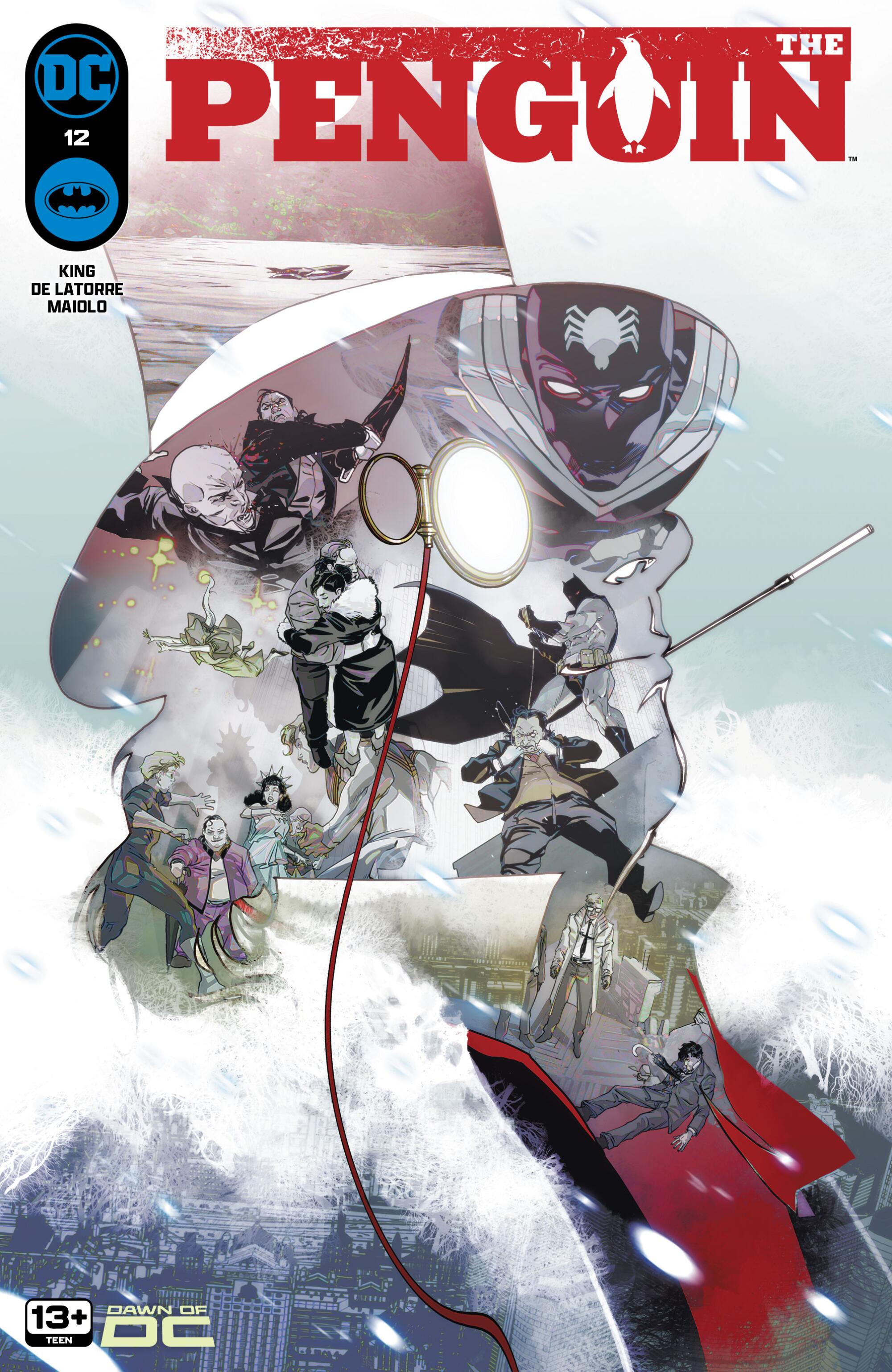
The cover of “The Penguin” No. 12.
(DC Comics)
“The Penguin” arrives on TV just as King’s “The Penguin” comic book concludes its run, but it shows how even after 80 years of storytelling, there are still ways to stretch and reinterpret the iconic villain.
King’s series with Rafael de Latorre also takes a more realistic approach to the character. But unlike the HBO series, which deals with the Penguin’s rise to power, the latest “Penguin” comic book story begins with a version of the character who is trying to retire from the criminal lifestyle.
For King, the book was an opportunity to explore “a contradiction” in the established history of the character he loves.
“Batman’s obvious obsession is crime,” King says. “He wages a war on crime because of how his parents died, [but] The fact that the Penguin, as a criminal, thrives in Gotham City makes no sense. Because Batman should put an end to that. He's just a guy with an umbrella.”
Reeves believes the possibilities of these multiple interpretations are part of the reason why comics and comic book adaptations can continue to appeal to audiences.
“The thing about comics is that every time someone comes back to play these characters, there has to be a reinvention, so there are countless iterations of the characters,” Reeves says. Audiences “want certain things that they expect, but they also want to see what’s different and how this is going to engage them in a new way.”

